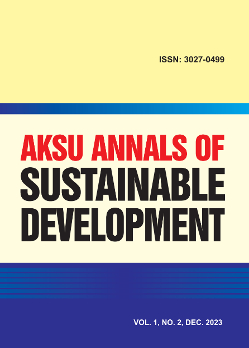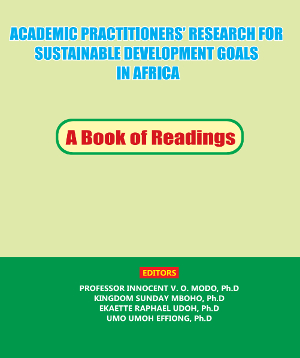Colonial And Post-Colonial Experiences Of Obolo And Opobo Political Relations In Nigeria: 1900-2023
DOI:
https://doi.org/10.60787/aasd.vol2no2.55Keywords:
Colonial, Post-Colonial, Political, Relations, Obolo-Opobo, ExperienceAbstract
The Obolo-Opobo political relations began in 1867 when Jaja visited Obolo territory. This visit, which was inspired by his European Merchant friends Decardi and McEachean laid the foundation of their political relations as Jaja, established contact with Obolo political leaders. This relationship was explored during the Bonny Civil War of 1869. Jaja and other fourteen-chieftaincy houses deserted the ancient Grand Bonny. Their political relationship with the Obolo, was consolidated through oath swearing at the shrine of Yok-Obolo at Agwut-Obolo. It was in this circumstance that the Obolo political leaders allocated the present location of Opobo to Jaja and his group. Subsequently, Uranta was also allocated a place called Queen’s Town in Obolo territory by Chief Ikwut, founder of Ikuru Town. The economic forces of the palm oil trade incorporated most ethnic groups in the Niger Delta including Obolo and Opobo, into a new political entity called the Oil Rives Protectorate and Niger Coast Protectorate respectively. Obolo and Opobo political relations continued till the colonial and post-colonial era which further enhanced their political affinity and integration. However, the focus of this study is Colonial and Post-Colonial Political Relations in Nigeria: The Obolo and Opobo Experience, 1900-2023. This study adopted primary and secondary sources to document their past political development. The paper found out that, Obolo-Opobo political relations was necessary for their peaceful co-operation and co-existence in the Eastern Niger Delta and the political unity of Nigeria. It therefore concluded that, ethnic political relation is necessary for national integration.
Downloads
Downloads
Published
Issue
Section
License
Copyright (c) 2025 AKSU Annals of Sustainable Development

This work is licensed under a Creative Commons Attribution-NonCommercial-NoDerivatives 4.0 International License.
Manuscript content on this site is licensed under Creative Commons Licenses. Authors wishing to include figures, tables, or text passages that have already been published elsewhere are required to obtain permission from the copyright owner(s) for both the print and online format and to include evidence that such permission has been granted when submitting their papers. Any material received without such evidence will be assumed to originate from the authors.





 ICIDR Publishing House
ICIDR Publishing House